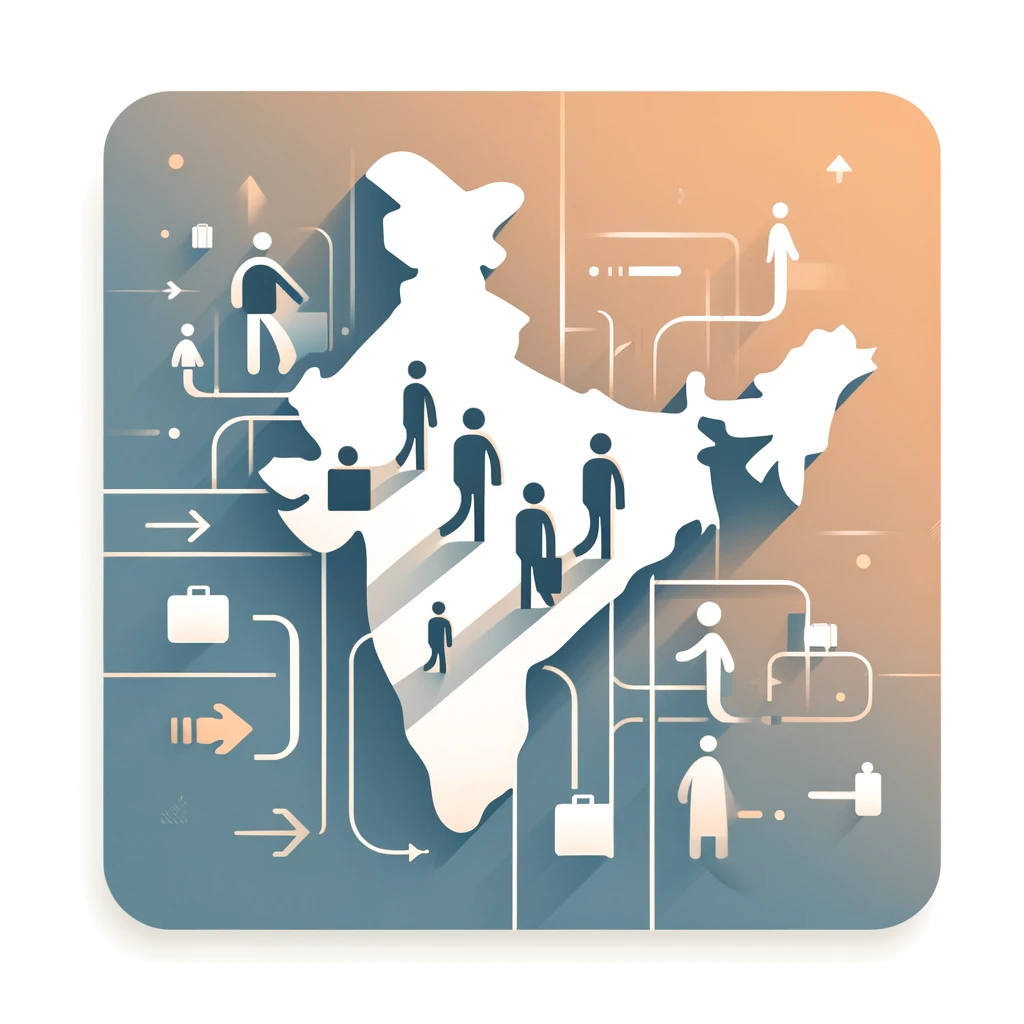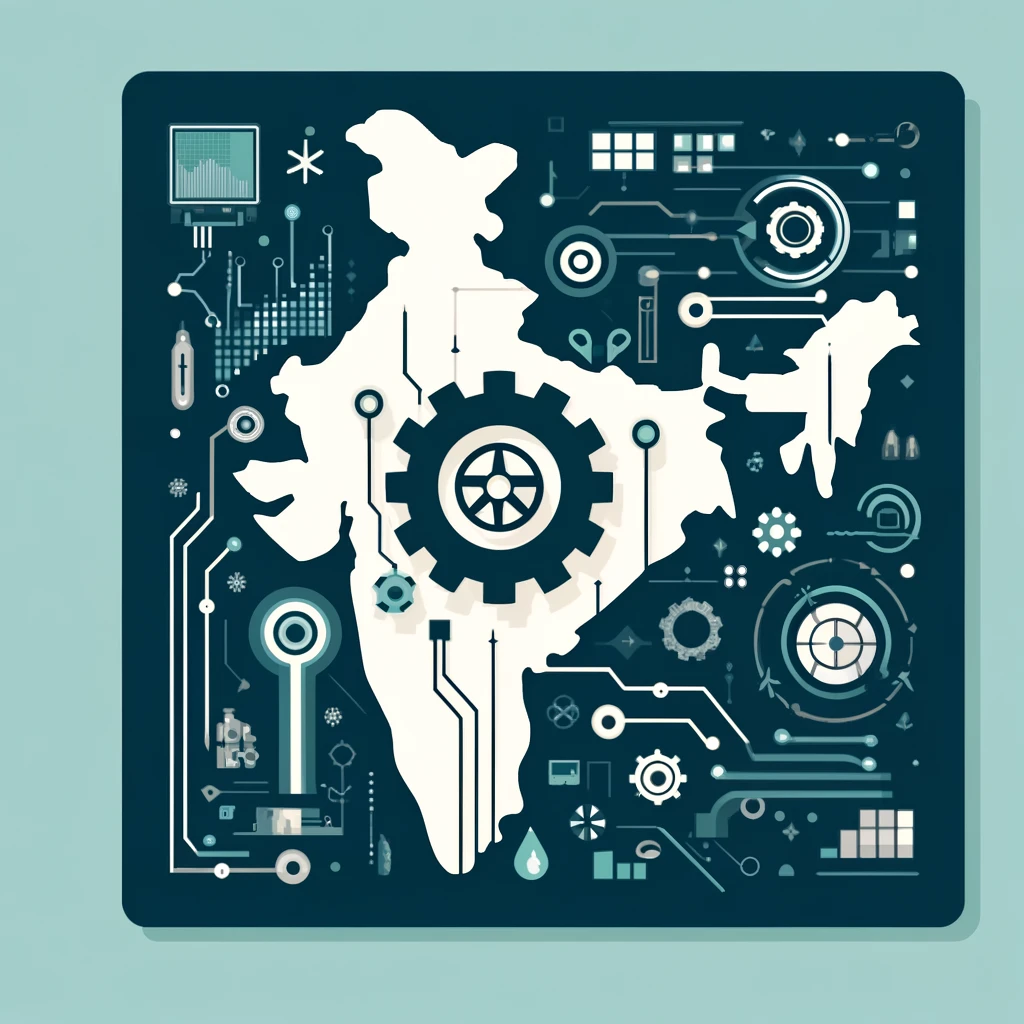Introduction
Migration is a powerful force that shapes economies, societies, and cultures. In India, migration occurs both within the country and internationally, driven by factors such as economic opportunities, social ties, and environmental changes. This phenomenon affects millions, influencing their lives and the development of regions. Understanding migration’s patterns, causes, and effects is crucial for policy-making and for individuals looking for better opportunities. This editorial delves into the complexities of migration in India, discussing its types, reasons, impacts, and the policies addressing it. It aims to provide a comprehensive overview that is especially relevant for UPSC aspirants, offering insights into how migration influences and is influenced by broader socio-economic dynamics.
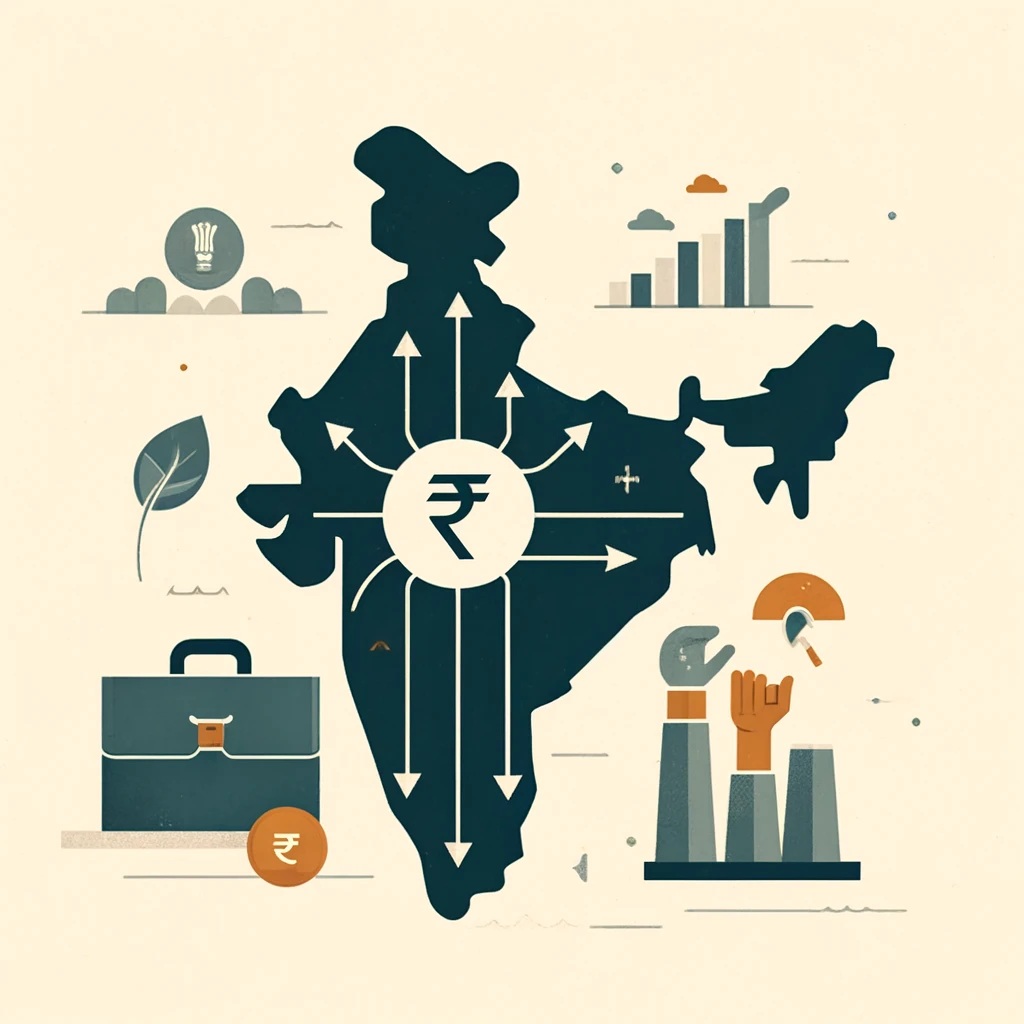
Origin of the Article
This editorial is based on “Migration Matters,” published in the Business Standard on May 13, 2024. It explores various dimensions of migration, including internal mobility and international migration, along the challenges associated with these movements.
Relevancy for UPSC Students
For UPSC aspirants, understanding migration is crucial as it touches upon several aspects of the GS Paper-1, including the salient features of Indian society, population issues, and social empowerment. Insights into migration patterns aid in grasping the demographic and cultural transformations of India. Furthermore, knowledge about migration policies and their socio-economic impacts equips aspirants to better analyze and respond to related issues in the exam, making this topic directly useful for both prelims and Mains.
Why in News
Migration, a very crucial topic for UPSC aspirants, stands out again due to recent updates in the World Migration Report and India’s evolving migration policies. Understanding migration’s multifaceted impacts on society, economy, and policy remains vital. The ongoing relevance is underscored by previous UPSC questions on migration trends and policy implications, making this an indispensable study area for comprehensive civil services examination preparation.
Forms and Patterns of Migration
Internal Migration
Internal migration includes movements within a country, such as rural-to-urban migration, intra-state shifts, and inter-state relocations. These movements are often driven by individuals seeking better living conditions, employment opportunities, or education in urban centers.
External Migration
External migration involves individuals relocating internationally. Key drivers include employment opportunities abroad, such as Indian IT professionals in the US or construction workers in Gulf Cooperation Council (GCC) countries, educational pursuits, and family reunification.
Forced Migration
Forced migration occurs under distressing circumstances such as wars, persecution, or natural disasters. Individuals and families are compelled to leave their homes to escape danger and seek safety in new locations, often facing uncertain futures.
Voluntary Migration
Individuals or families choose voluntary migration for better economic prospects or lifestyle improvements. The pursuit of higher-income jobs, better living conditions, or a preferable climate often characterizes this type of migration.
Temporary vs Permanent Migration
Temporary migration includes seasonal work or specific project-based relocation, which is limited in time. Permanent migration involves individuals or families settling in a new location indefinitely and integrating into the local community and economy.
Reverse Migration
Reverse migration refers to the phenomenon where individuals return to their place of origin after a period of living elsewhere. This might be due to retirement, changes in personal circumstances, or dissatisfaction with opportunities in the new location.
Reasons for Migration
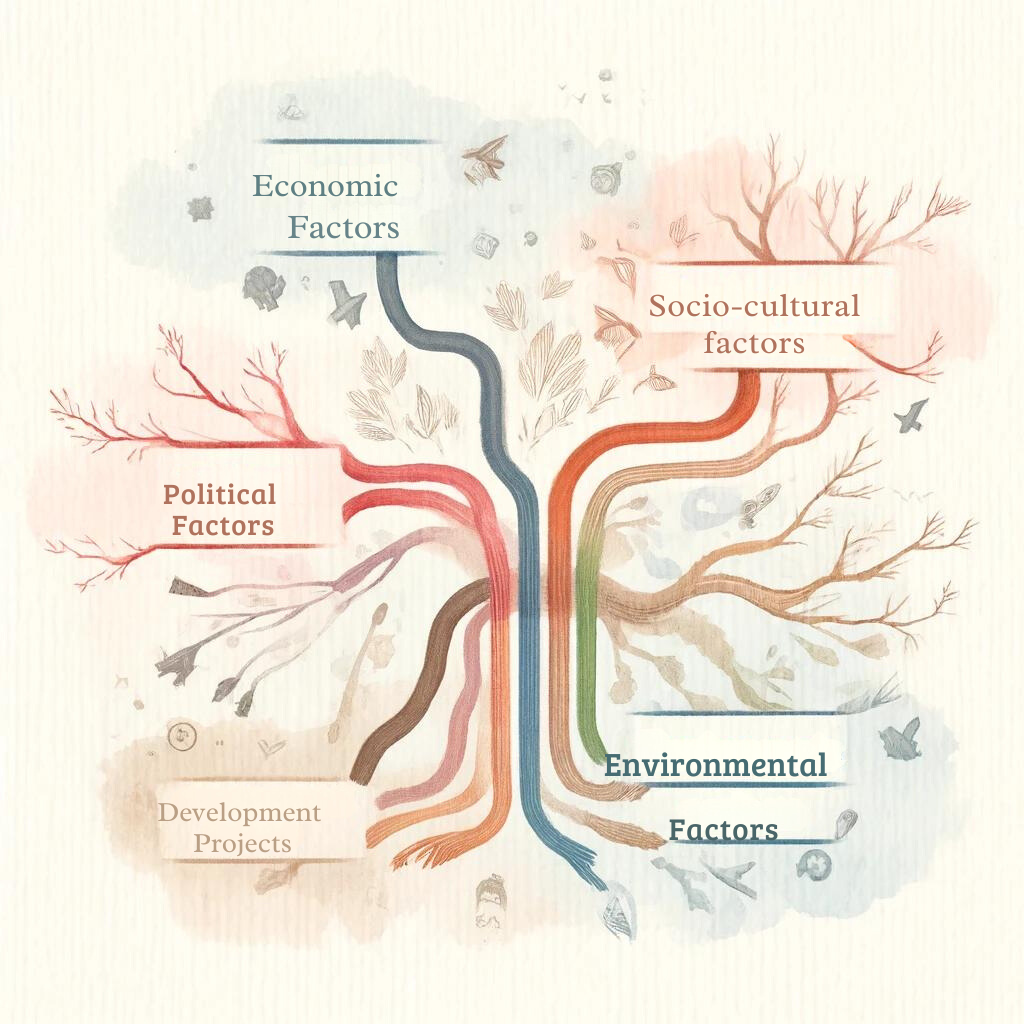
Economic Factors
Economic push factors like poverty, unemployment, and low wages compel individuals to migrate in search of better economic opportunities. Pull factors include higher wages, better jobs, and the overall promise of a better quality of life.
Socio-cultural Factors
Migration can also be driven by socio-cultural factors such as marriage, which often requires one partner to relocate, and community ties that pull individuals towards culturally familiar environments. Additionally, migration can be a strategy to escape social issues like caste-based violence.
Political Factors
Political instability, oppressive regimes, and unfavorable government policies can force individuals to migrate to more stable and secure environments. Such political factors significantly influence migration flows, both within and outside national borders.
Environmental Factors
Environmental factors such as climate change, natural disasters, and unsustainable living conditions force people to relocate. These migrants seek regions with more stable environmental conditions and better prospects for sustainability.
Developmental Projects
Large-scale infrastructure projects like dams and urban development initiatives often displace communities, forcing them to migrate. These projects, while potentially boosting economic development, can lead to significant social disruption for the displaced populations.
Impacts Associated with Migration
Positive Impacts
Migration can lead to economic growth, increased remittances, and the infusion of new skills and ideas into the host community. It also promotes cultural diversity and can help balance labor market demands.
Negative Impacts
Migration can also have adverse effects, such as creating demographic imbalances, leading to urban overcrowding, and straining public services and infrastructure. It can also exacerbate social tensions and lead to environmental degradation in concentrated areas.
Statistics on Migration in India
Migration in India Report 2020–21
This report highlights the migration rates and demographic specifics of migrants, providing insights into patterns and trends that can inform policy and planning.
2011 Census
The census data provides a comprehensive overview of internal migration within India, detailing the scale and characteristics of movements affecting the workforce and demographic distributions.
Report of the Working Group on Migration, 2017
This report identifies key districts with high rates of male out-migration, offering a focused look at regional migration trends and their socio-economic impacts.
Challenges Associated with Migration in India
Social Security and Health Benefits
Migrants often face barriers to accessing social security and health services, exacerbated by gaps in policy and the informal nature of many migrant jobs.
Portability of Benefits
Issues with the portability of benefits like those provided by the Public Distribution System (PDS) highlight the challenges migrants face in accessing essential services due to bureaucratic and residency requirement hurdles.
Housing and Amenities
Access to affordable housing and basic amenities remains a significant challenge for migrants, influencing their quality of life and integration into new communities.
Impacts of COVID-19
The pandemic has particularly highlighted the vulnerabilities of migrants, who often face severe impacts due to their economic instability and lack of access to health care and social support.
Exploitation and Discrimination
Migrants frequently encounter labor exploitation and discrimination, which can manifest in unsafe working conditions, unfair pay, and social exclusion.
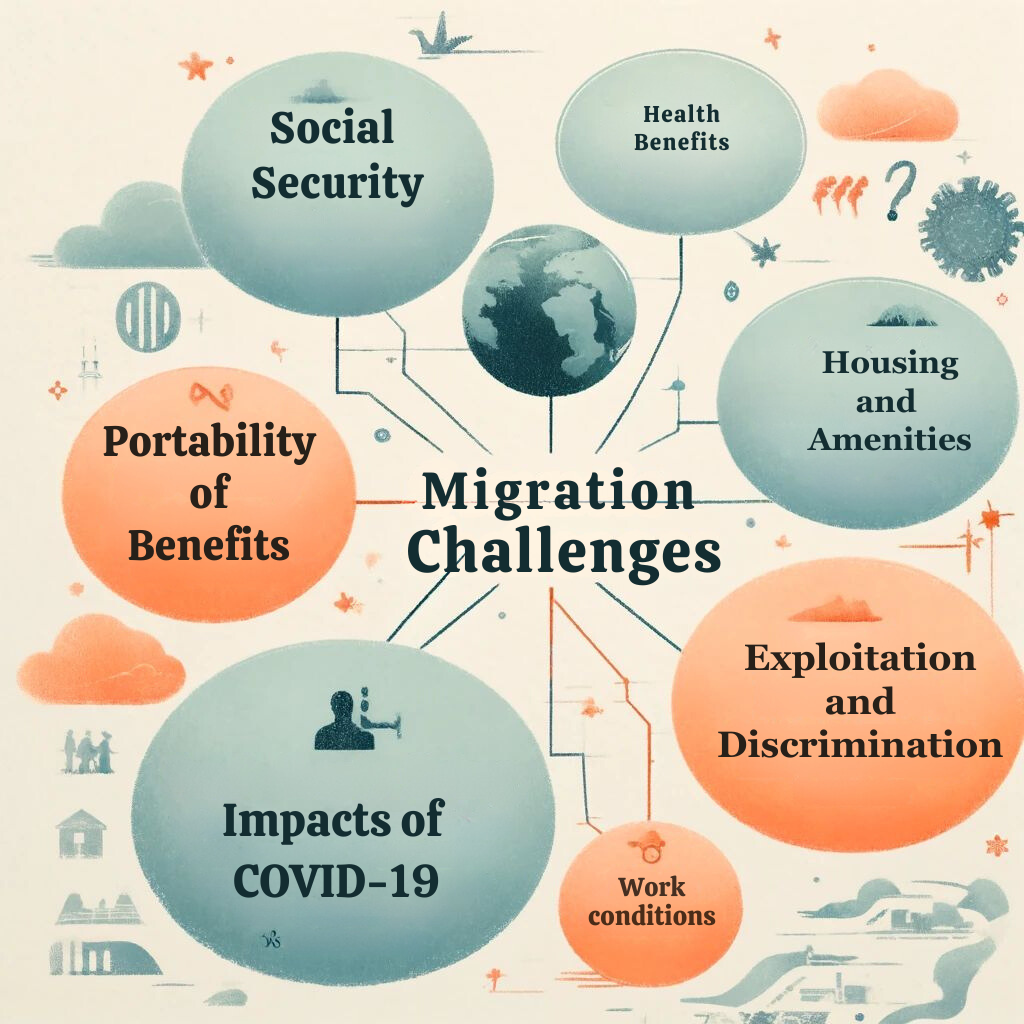
Also, read Healthcare in India.
Government Initiatives Regarding Migration in India
National and International Policies
Various national and international initiatives aim to support migrants through improved policies and cooperation frameworks, addressing issues ranging from social security to housing and employment rights. Initiatives like the draft National Migrant Labour Policy prepared by NITI Aayog and the One Nation, One Ration Card (ONORC) were expanded along with the Affordable Rental Housing Complexes (ARHC) and the PM Garib Kalyan Yojna scheme to help migrants bargain for better conditions.
Solutions and Future Directions
Comprehensive Measures
Proposals for enhancing migrant protections include comprehensive social security systems, better housing provisions, and improved employment opportunities.
Integration and Inclusion
Efforts to integrate migrants into host communities and minimize discrimination are crucial for building cohesive and inclusive societies.
Labour Market Policies
Developing fair labor market policies is essential to protecting the rights and well-being of migrants, ensuring they receive fair wages and work in safe conditions.
Conclusion
In essence, understanding the dynamics of migration is crucial for framing policies that address both its challenges and opportunities. As future administrators and policymakers, UPSC aspirants must grasp the multifaceted impacts of migration on society and the economy. This knowledge will be instrumental in crafting interventions that ensure the welfare of migrants while leveraging their potential to contribute to India’s development. This comprehensive view will empower you to handle real-world issues effectively, making migration a tool for societal transformation rather than a mere demographic phenomenon.
Invalid form id
